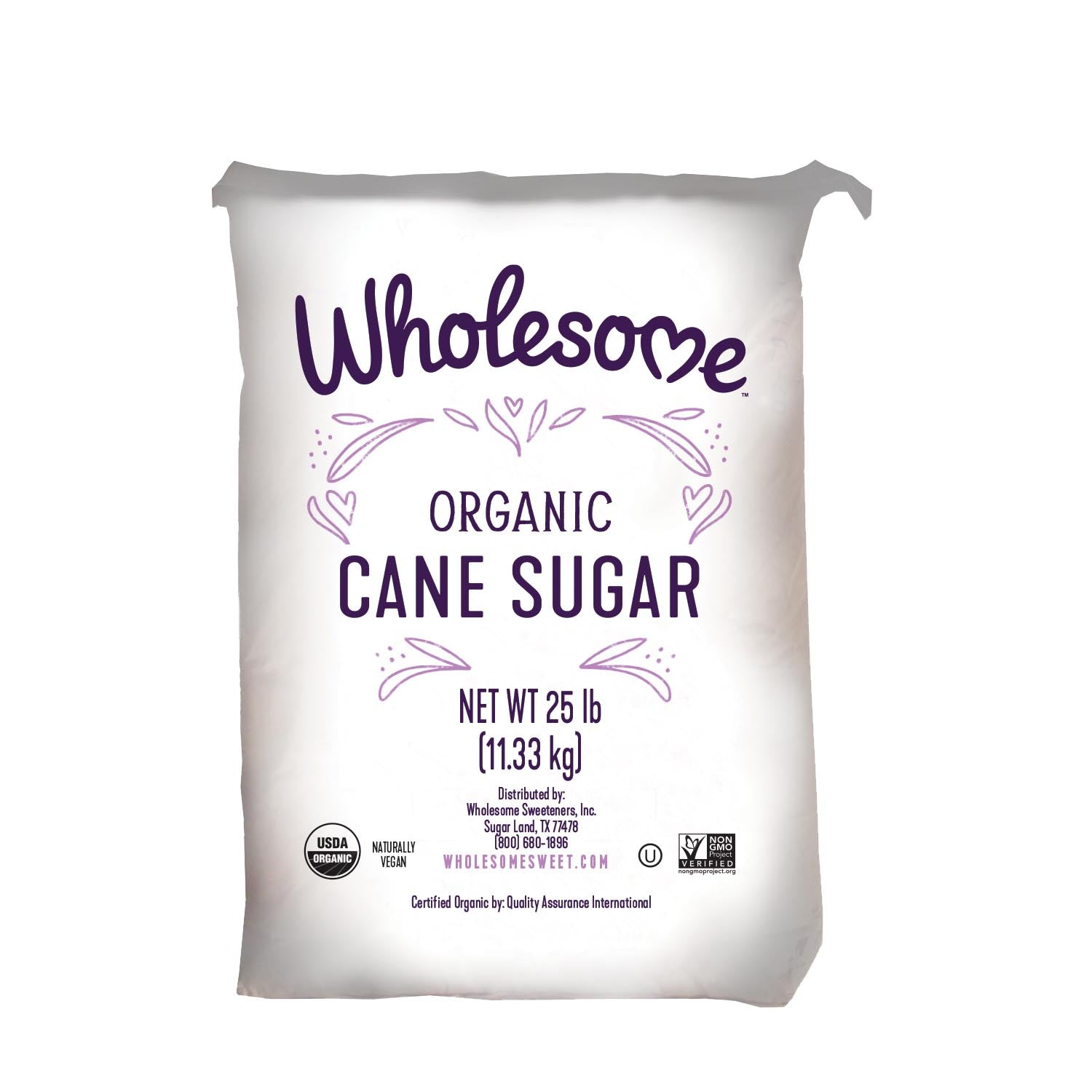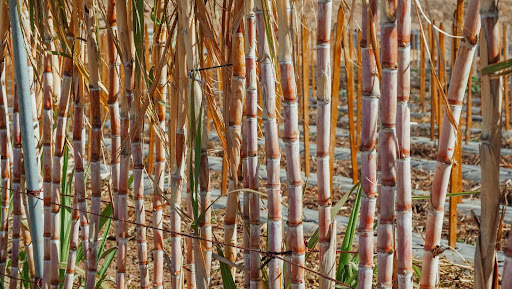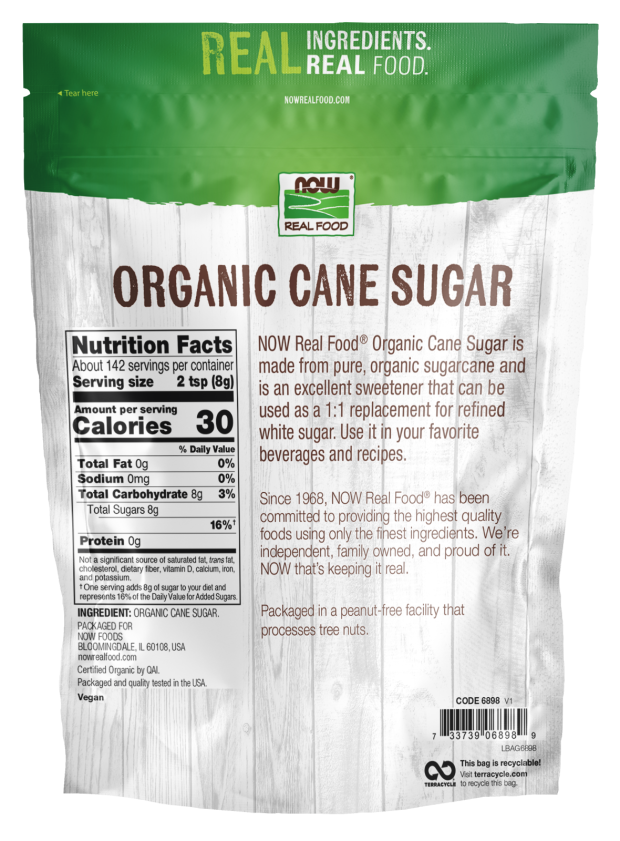Cane Sugar Processing: From Area to Table-- A Step-by-Step Guide
Cane Sugar Processing: From Area to Table-- A Step-by-Step Guide
Blog Article
Exploring the Comprehensive Steps Associated With Cane Sugar Processing From Collecting to Refinement
The process of walking cane sugar production encompasses a series of complex actions, starting with the mindful harvesting of sugarcane and finishing in the refinement phases that make sure the last product satisfies sector standards. Each phase, from the extraction of juice to the filtration and crystallization processes, plays a vital duty in establishing the high quality and character of the sugar. Recognizing these stages not just highlights the complexity of sugar manufacturing however additionally raises essential questions concerning performance, sustainability, and technology in the market. What implications do these elements have for future practices?
Gathering Sugarcane
Harvesting sugarcane is a critical step in the walking stick sugar handling chain, as it directly influences the quality and return of the end product. Appropriate timing and strategies are important during this phase to make certain ideal sugar material and decrease losses. Commonly, sugarcane is gathered when it gets to maturity, normally 12 to 18 months after planting, identified by a high sucrose concentration.

Post-harvest, the sugarcane needs to be refined promptly to protect against sucrose destruction. Preferably, gathered cane ought to be transferred to processing centers within 1 day to maintain sugar quality. Consequently, effective logistical preparation is crucial to maintain the stability of the harvested plant throughout the supply chain.
Removal Process

The smashed walking stick is subjected to a series of pressing operations to take full advantage of juice recuperation. Generally, warm water is sprayed onto the smashed walking stick, producing a countercurrent flow that assists liquify the sugar while also aiding in the extraction procedure. The juice accumulated from this operation contains not only sugar yet additionally different natural compounds and impurities.

To improve extraction effectiveness, some centers might utilize diffusion approaches, where the sugarcane is saturated in warm water, allowing the soluble sugars to diffuse right into the liquid. The resulting juice, abundant in sucrose, is then guided to succeeding handling phases, laying the structure for purification and refinement. The extraction process is hence essential in figuring out the top quality and return of the final sugar product.
Filtration Techniques
The purification strategies employed in cane sugar handling are important for changing the raw juice right into a premium sugar item. These techniques largely intend to remove pollutants, such as soil, plant products, and inorganic compounds, which can adversely influence the end product's taste and shade.
This process includes including lime and warm to the raw juice, which facilitates the coagulation of impurities. Furthermore, the use of phosphoric acid can boost the information process by additional binding contaminations.
Another significant technique is carbonatation, where carbon dioxide is presented to the made clear juice. This response generates calcium carbonate, which records staying impurities and promotes their removal.
Furthermore, turned on carbon therapy might be put on adsorb any kind of staying colorants and natural impurities, ensuring a much more polished item. The mix of these methods successfully prepares the sugar juice for subsequent action in the refining process, establishing the stage for the manufacturing of high-quality walking cane sugar.
Formation Techniques
After the purification stage, the next critical step in walking cane sugar handling entails crystallization techniques, which play an essential role in changing the made clear juice right into solid sugar. This procedure typically employs 2 key techniques: spontaneous crystallization and controlled crystallization.
In spontaneous crystallization, supersaturated sugar options this content are enabled to cool down naturally, leading to the development of sugar crystals over time. This approach permits for the uniform development of sugar crystals and higher pureness.
Throughout formation, the clarified juice is focused through evaporation, boosting its sugar material till it reaches supersaturation. As soon as this point is achieved, either approach can assist in the condensation procedure. Cane Sugar Processing. The resultant sugar crystals are after that separated from the remaining syrup via centrifugation
Ultimately, the choice of condensation technique impacts the high quality, dimension, and pureness of the last sugar item, making this step crucial in the general walking stick sugar handling treatment.
Refinement and Packaging
Just how can the pureness and quality of cane sugar be further enhanced after formation? The refinement procedure plays a vital function in achieving top quality walking stick sugar. Following condensation, sugar goes through a thorough washing to eliminate pollutants and residual molasses. This is generally achieved utilizing warm water or heavy steam, which aids liquify and remove unwanted elements while maintaining the sugar crystals.
Next, the sugar goes through a process called centrifugation, where it is spun at high speeds to separate the detoxified sugar crystals from the remaining fluid. After centrifugation, the sugar is commonly further refined via an approach called carbonization or phosphatation, which utilizes triggered carbon or phosphoric acid to eliminate shade and off-flavors.
Once fine-tuned, the sugar is dried out to accomplish the preferred wetness material, guaranteeing that it remains secure during storage space and transport. The final step includes packaging the refined sugar in airtight and moisture-proof containers to preserve its quality and prevent contamination. Cane Sugar Processing. Appropriate product packaging not only prolongs life span however also assists in simple handling and distribution, guaranteeing that customers obtain sugar that meets the highest requirements of purity and quality
Verdict
The detailed steps associated with walking stick sugar processing, from the precise harvesting of sugarcane to the elaborate refinement and packaging stages, highlight the importance of each phase in making certain high-quality sugar production. Optimal harvesting methods, effective removal methods, and extensive filtration processes collectively contribute to the last item's purity and security. The crystallization and succeeding packaging methods additionally improve the integrity get redirected here and service life of the sugar, highlighting the intricacy and precision integral in this important farming industry.
The process of walking cane sugar manufacturing encompasses a series of complex actions, beginning with the mindful harvesting of sugarcane and culminating in the refinement stages that make certain the last product fulfills sector criteria. Ideally, harvested walking stick needs to be transported to refining facilities within 24 hours to preserve sugar quality.In spontaneous formation, supersaturated sugar options are enabled to cool naturally, leading to the development of like it sugar crystals over time - Cane Sugar Processing. The improvement procedure plays an important role in accomplishing top notch walking stick sugar.The detailed actions entailed in walking cane sugar handling, from the precise harvesting of sugarcane to the detailed refinement and packaging phases, underscore the significance of each phase in making certain premium sugar manufacturing
Report this page